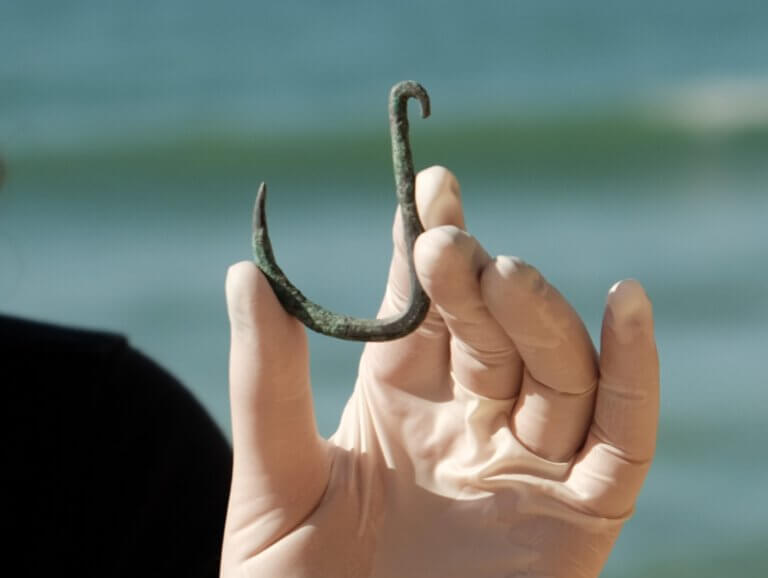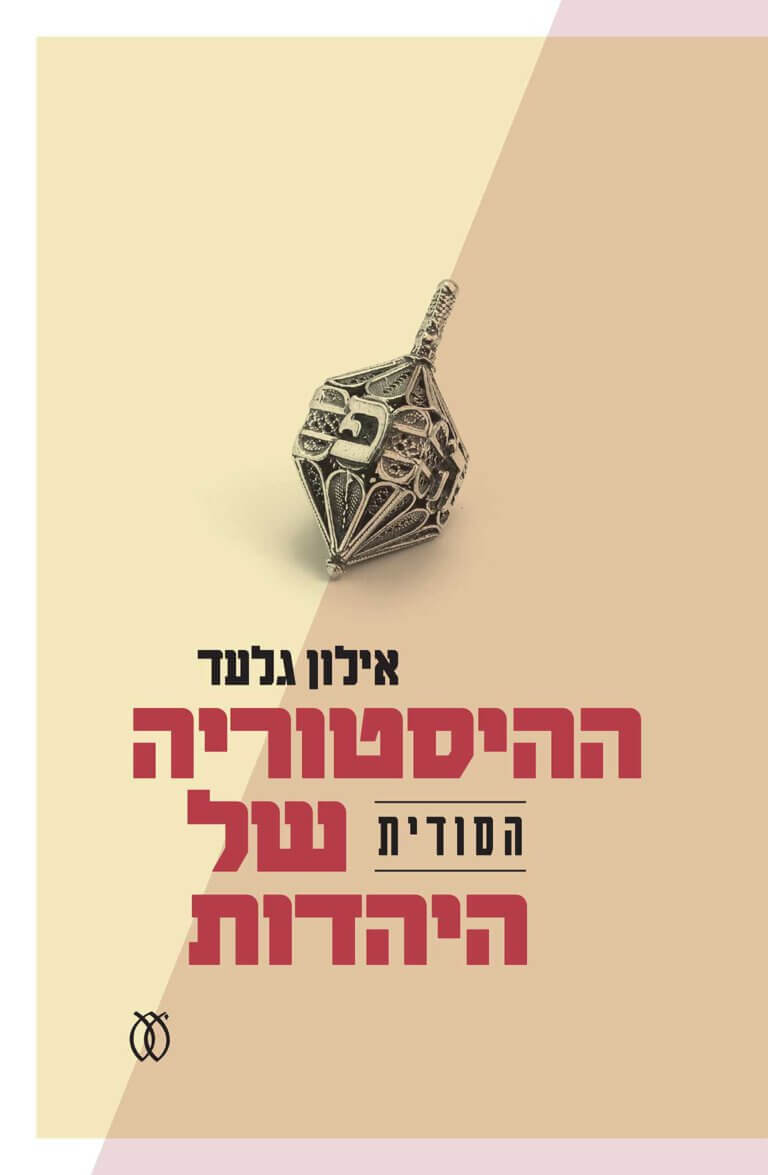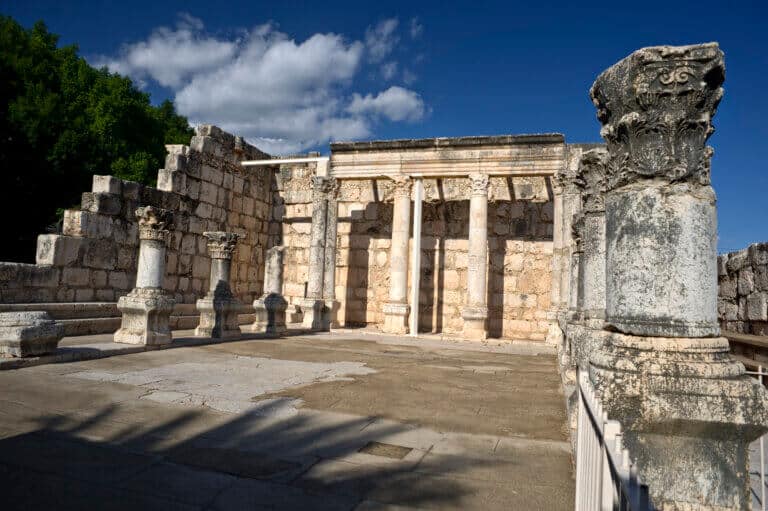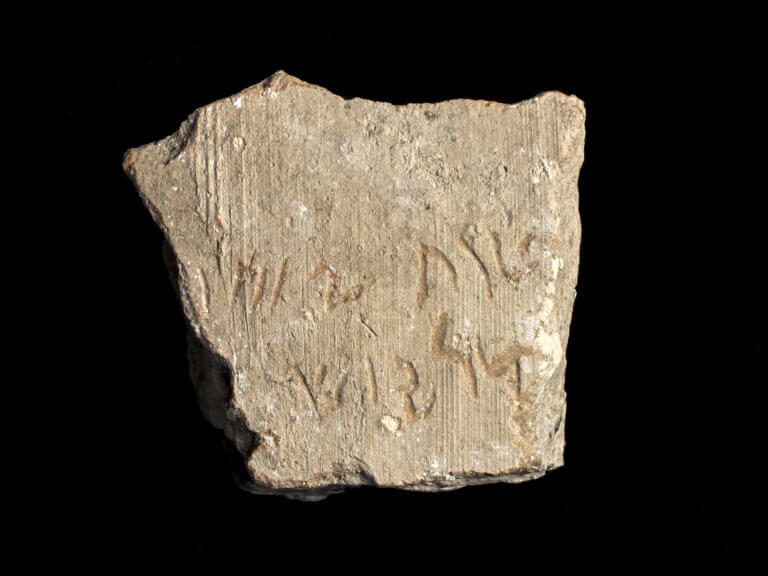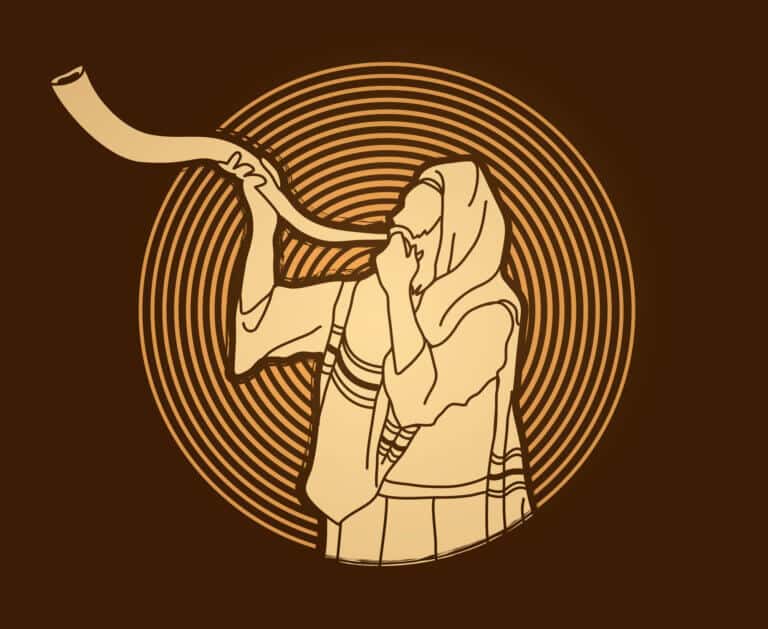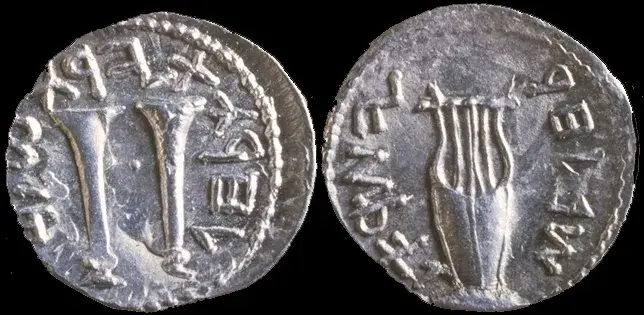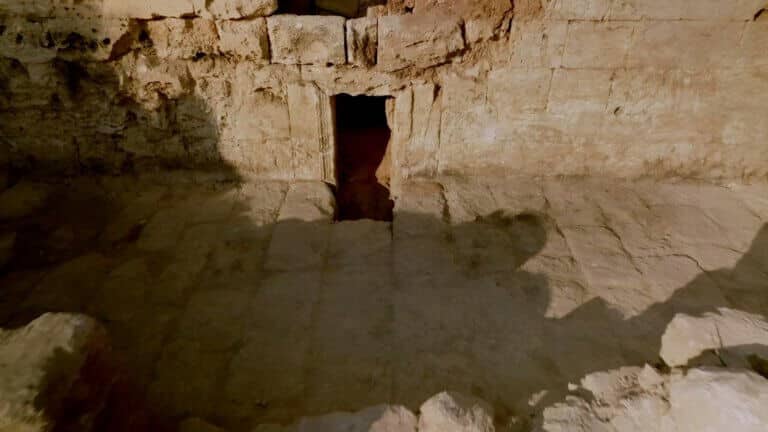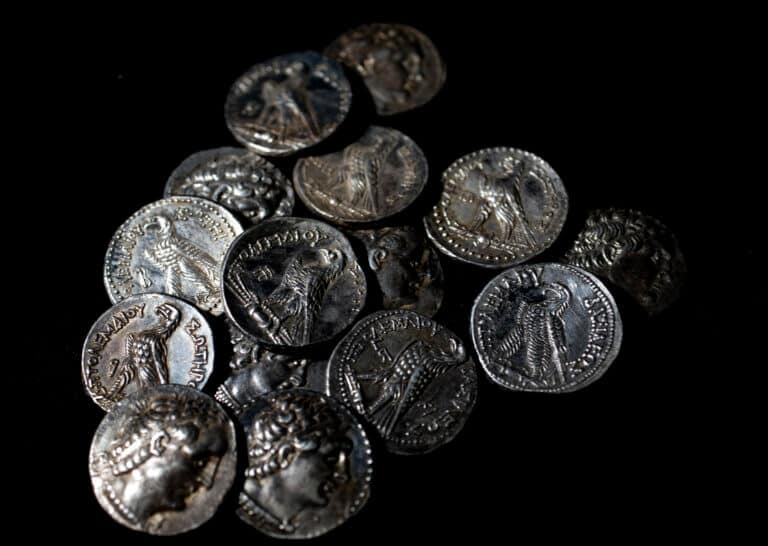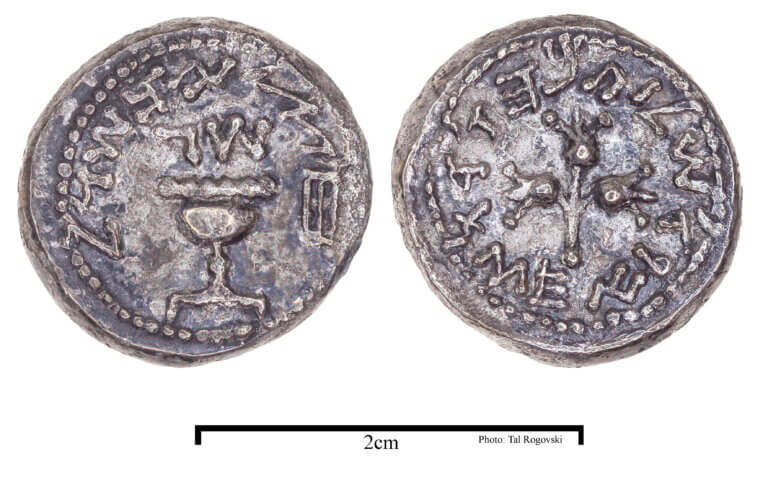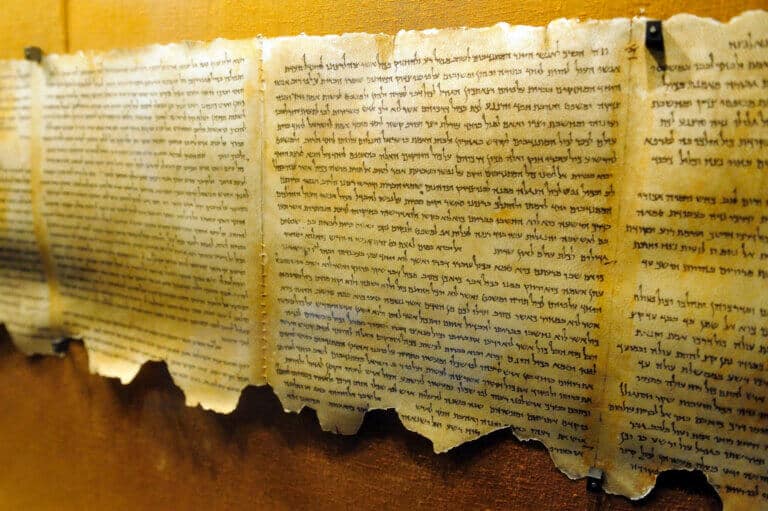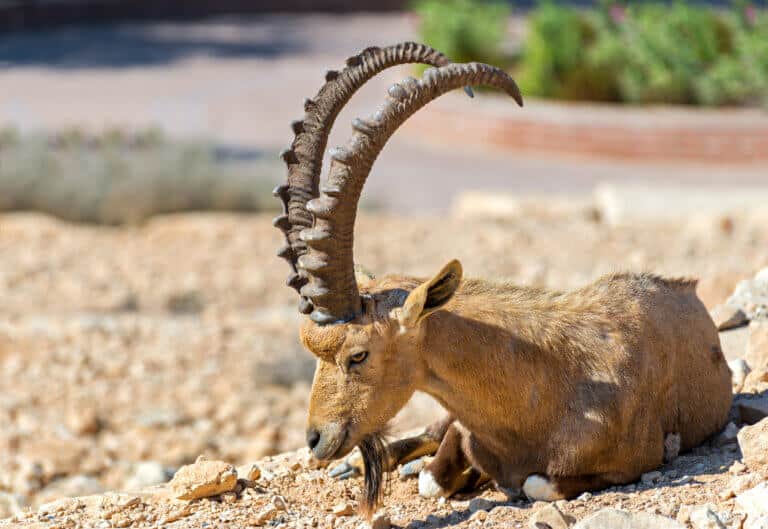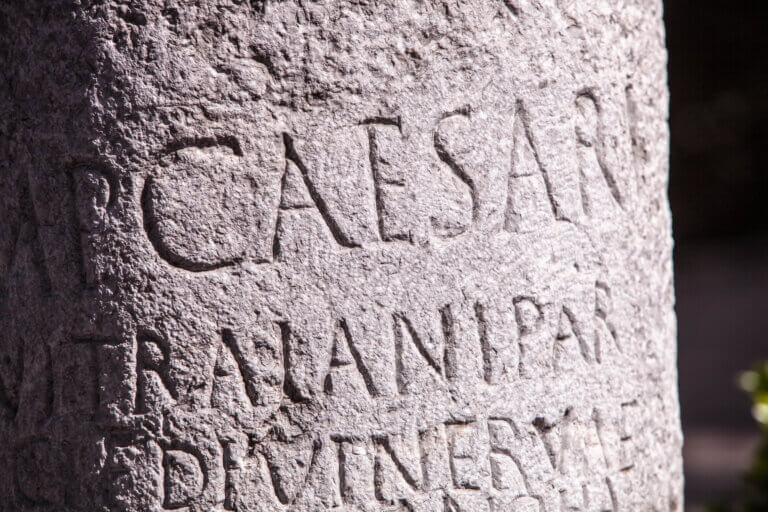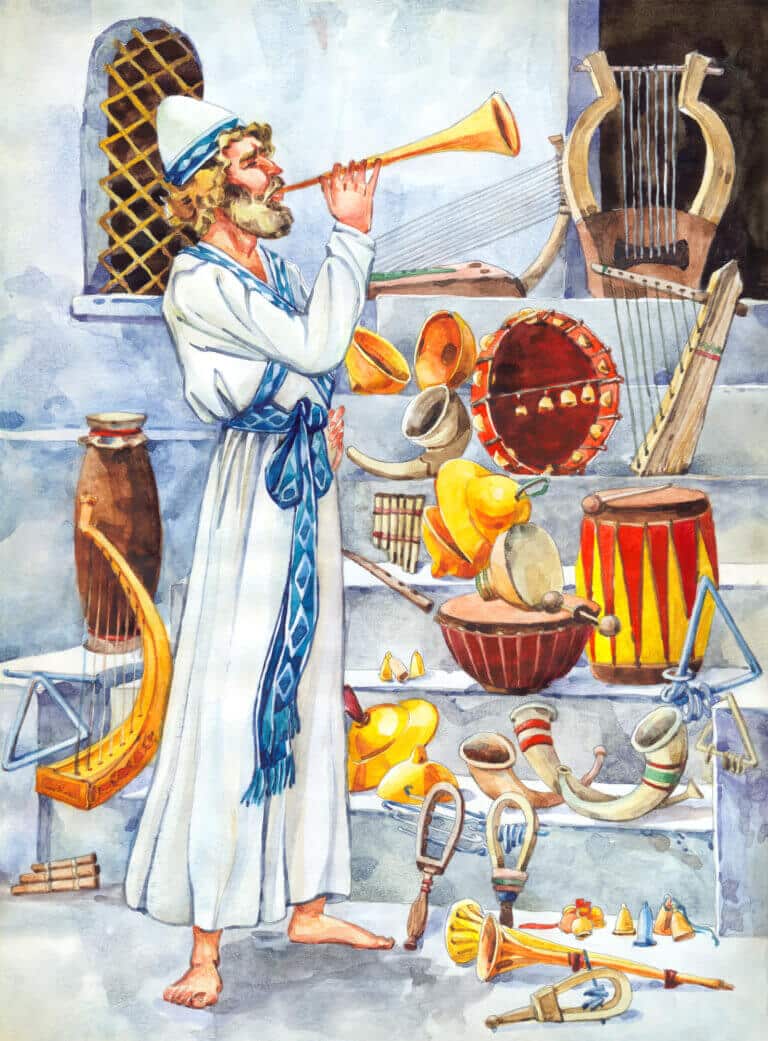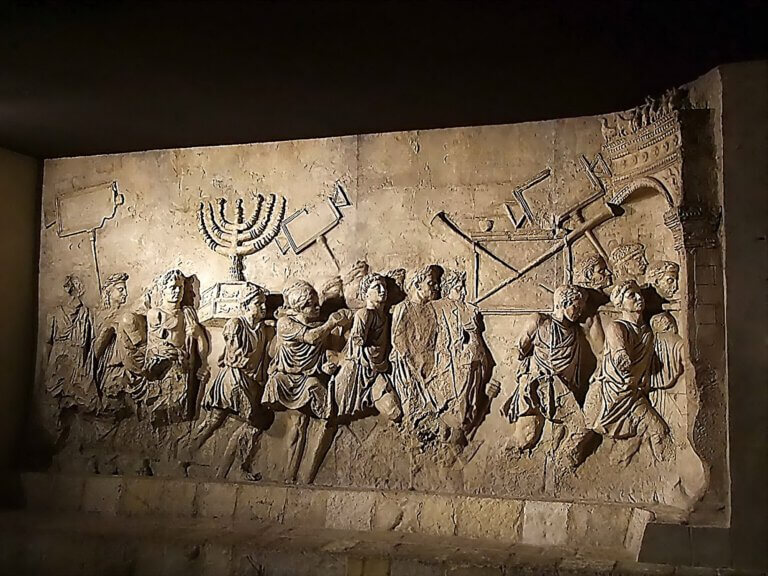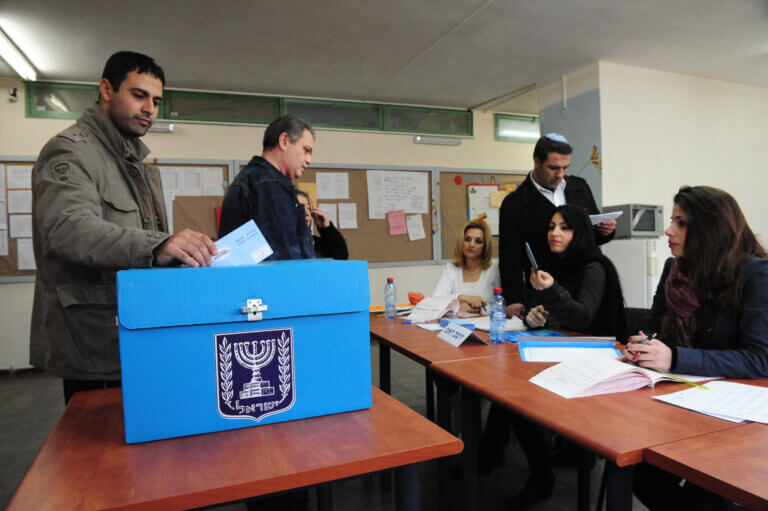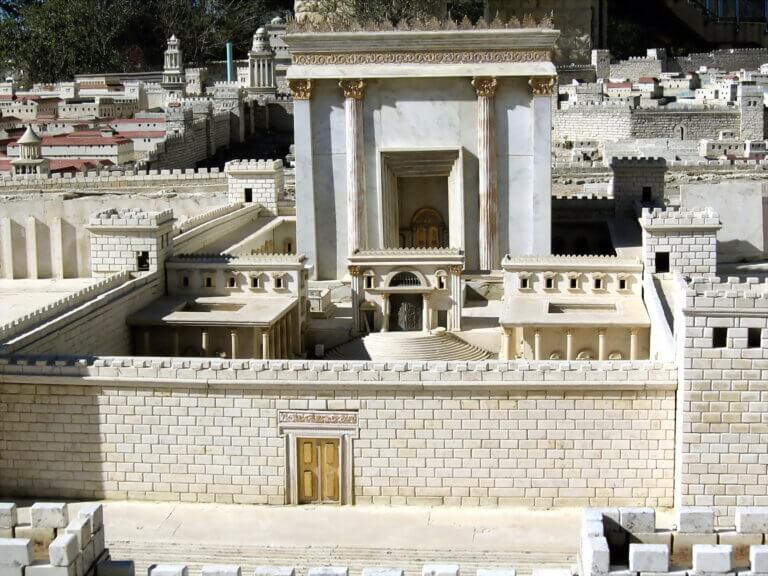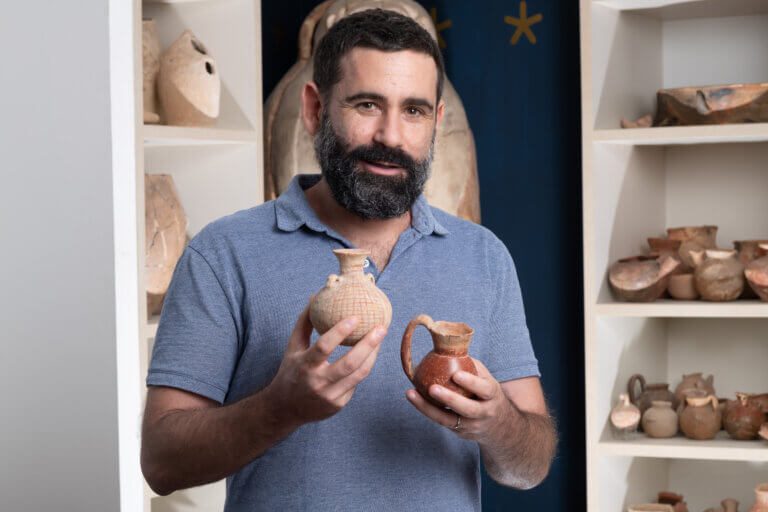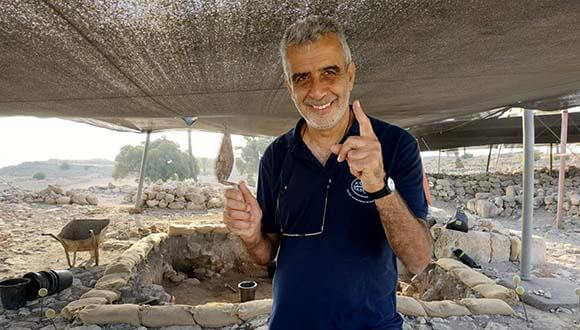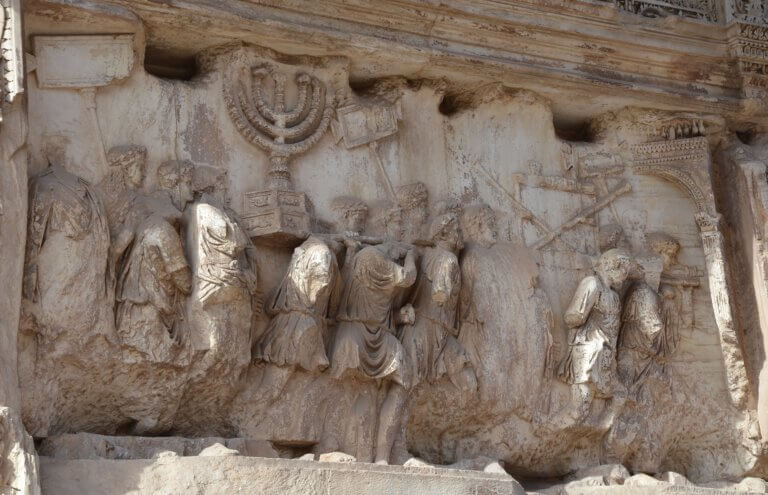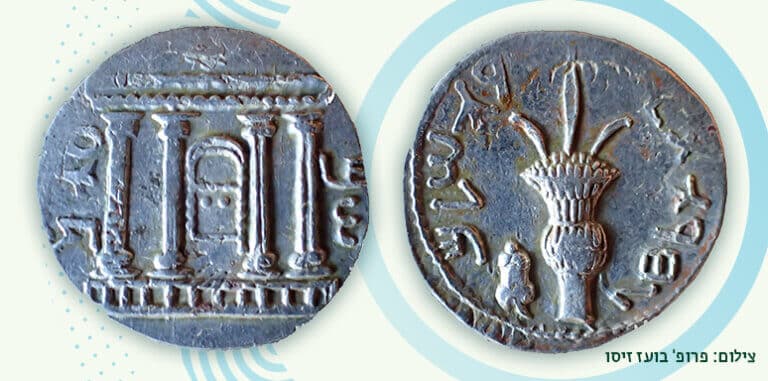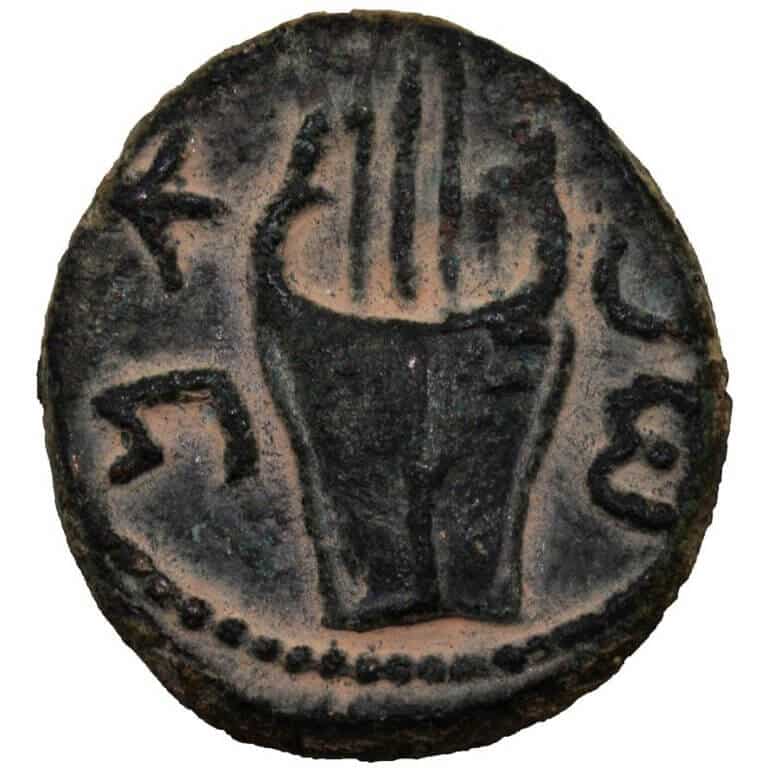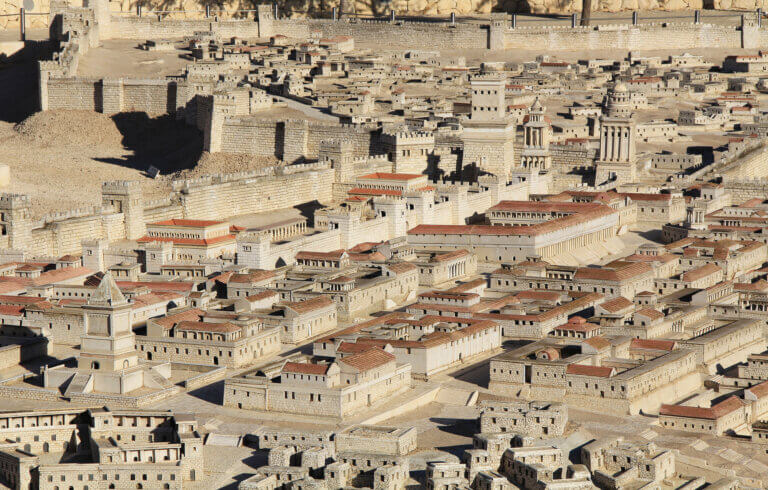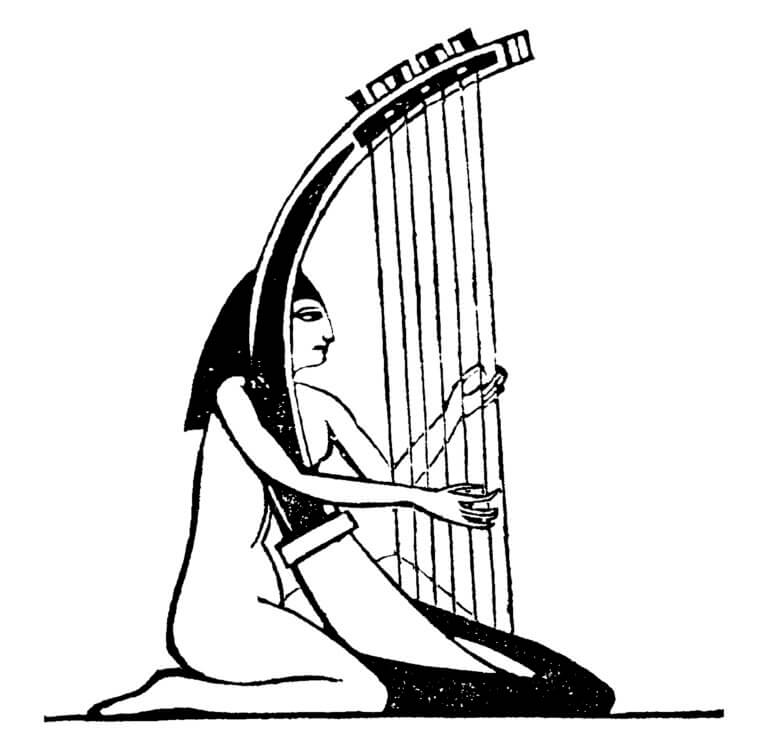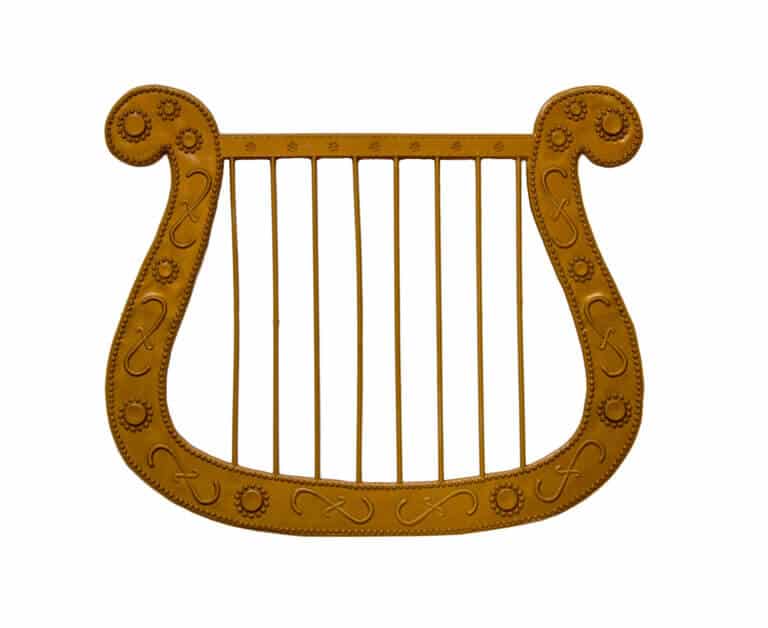Hayadan > Society and history > history > History of the people of Israel > Page 2
History of the people of Israel
- Israel Antiquities Authority Archeology
- March 30, 2023
- No comments
The hook, which appears to have been used for hunting sharks, was discovered in the excavations of the Israel Antiquities Authority before the establishment of the Agami neighborhood in Ashkelon * The unique find will be presented for the first time at the 48th Archaeological Congress, in the organization of the Israel Antiquities Authority, the Society for the Exploration of Israel and its Antiquities, and the Israel Archaeological Society
- chapter number
- March 21, 2023
- 7 תגובות
By Ilon Gilad, published by Am Oved. The section from the first chapter tells how the religion was founded out of nowhere and wrote the history of two Canaanite kingdoms - Judah and Israel at the hands of the writer Shepan and King Josiah who tried to leave the main god Jehovah out of the circle of his gods and become a single god. How long did it take for this belief to take hold?
- Dr. Yahyam whistles
- March 17, 2023
- No comments
The beginning of the institution of the synagogue is rooted in the gatherings of the people in the temple in the days of Ezra the scribe and the reading of the Torah from his mouth. At first, the gathering was intended for Torah reading, while the liturgical element was added later, such as midrash and Torah study.
- Israel Antiquities Authority Archeology
- March 3, 2023
- 5 תגובות
The 2500-year-old pottery on which the inscription was engraved in Aramaic script was discovered by travelers by chance in Tel Lakish National Park * It seems that this is a "note" to confirm the delivery or receipt of goods * The rare ostracon was studied by Sa'ar Ganor from the Antiquities Authority and Dr. Hagai Meshgav from the Hebrew University of Jerusalem , and their research will be published in the journal "Antiquities"
- Dr. Yahyam whistles
- February 24, 2023
- No comments
Rabbi Yochanan ben Zakhai, who moved from Jerusalem to Livna and made major changes in religious practice after the Holocaust, is also responsible for the disappearance of the vocal music of the Temple, and the transition of only vocal music to the synagogues, with one exception - the shofar
- Avi Blizovsky
- January 16, 2023
- 2 תגובות
- Israel Antiquities Authority Archeology
- December 21, 2022
- No comments
The courtyard was uncovered as part of the 'Road of the Kings of Judah' project led by the Antiquities Authority, the Jerusalem Ministry and Heritage, and the Kimat Israel Fund * Evidence of the sanctification of the place over hundreds of years was uncovered at the site, indicating the burial of a significant figure who belonged to an affluent family in the Second Temple
- Israel Antiquities Authority Archeology
- December 14, 2022
- 3 תגובות
In an excavation in a cave in the Nahal Darga Reserve, a rare treasure was discovered - a wooden box containing 15 silver coins from the time of King Antiochus IV *It seems that the person who buried the box in the cave fled to it, hoping to collect his property at the end of the rebellion
- Israel Antiquities Authority Archeology
- December 13, 2022
- One response
This is the third coin of this type to be discovered in excavations in Jerusalem and one of the few ever discovered in archaeological excavations.
- Dr. Yahyam whistles
- November 26, 2022
- No comments
- Dr. Yahyam whistles
- October 10, 2022
- One response
The shofar that stars on Rosh Hashanah and Yom Kippur was a central instrument among the wind instruments in a temple. next to the trumpets. It was transformed from its previous roles as an announcer of important events - coronations of kings and wars and became a ritual instrument, and from the horn of Yael it was preceded by the horn of Eyal
- The Voice of Science website - the Israel National Science Foundation
- October 9, 2022
The road signs illustrated the power and domain of the Roman Empire
- Bar-Ilan University
- October 1, 2022
On the eve of Rosh Hashanah, Dr. Zuriel Rashi, from the School of Communication at Bar-Ilan University, tells how the "Shanah Tova" letters reflected the events of the Jewish people throughout history
- Dr. Yahyam whistles
- September 16, 2022
- 2 תגובות
The music in the temple was an important element in the celebrations of the three pilgrimages, with the many pilgrims who arrived in Jerusalem
- Dr. Yahyam whistles
- August 7, 2022
- 2 תגובות
One of the cardinal areas that highlighted the image of the second temple was the pilgrimage three times a year. The Ascensions, both as a framework and as a means, in which the many areas of the people's attachment to his temple were expressed and revealed. Much of the music in the temple focused on these days of pilgrimage
- Tel Aviv University
- July 30, 2022
- Dr. Yahyam whistles
- July 9, 2022
- No comments
- Tel Aviv University
- June 30, 2022
- 3 תגובות
Prof. Erez Ben Yosef from the Department of Archeology at Tel Aviv University in a fascinating description of the elite's fashion in the tenth century BC, during the reigns of David and Solomon * from Tel Aviv University's Tel Aviv 360 podcast series
- Tel Aviv University
- June 20, 2022
- 3 תגובות
Prof. Israel Finkelstein from the Department of Archeology at Tel Aviv University takes us into the wonderful journey following the story of the wanderings of the Ark of the Covenant in 360 Samuel and XNUMX Samuel. How the Ark of the Covenant was moved from Shiloh to the Philistine captivity in Ashdod and from there to Kiryat Yaarim in Israel and finally to Jerusalem, the capital of Judah. Who were the writers who wrote the story, when did they write and what was their purpose? From the Tel Aviv XNUMX podcast series of Tel Aviv University
- Dr. Yahyam whistles
- June 17, 2022
- 2 תגובות
We have already discussed the importance of the body known as "the funeral cadets". We will point here to another body called "the flowers of the priesthood". The flowers of the priesthood took a particularly prominent place in the issue of Yom Kippur, because in this ceremony the figure of the high priest rose, unlike other events that took place in the temple.
- Bar-Ilan University
- June 11, 2022
The rare coin discovered in an archaeological survey indicates the presence of Jewish rebels who hid in the cave
- Dr. Yahyam whistles
- May 13, 2022
- No comments
The thing that stands out in the traditions is that singing in the temple was an inseparable part of the actual work, from the work of the temple to the point of distinguishing that even "singing" is "work". This work, it should be noted, is based on the establishment of music in the Temple throughout the days of the Second Temple.
- Dr. Yahyam whistles
- April 29, 2022
- One response
In the past we pointed to the important family element found in the temple's musical system. This phenomenon was common in neighboring Egypt and Mesopotamia. So much so that it took shape towards the establishment of musical guilds with a family foundation. Turns out there were a lot of musical roles
- Dr. Yahyam whistles
- April 27, 2022
- 2 תגובות
From harp and violin, through bells, trumpets and of course up to trumpets - each instrument had special instructions during the Second Temple period
- Dr. Yahyam whistles
- March 12, 2022
- No comments
In the second temple in Jerusalem, sacrifices were made, twice a day, for the peace of the emperor and the peace of Rome, as a practice that spread from the time of the emperor Augustus onwards - a period corresponding to the reign of King Herod) and was associated with bravery in music, in a way that until then was considered as foreign worship

